- Home
- About Us
- The Team / Contact Us
- Books and Resources
- Privacy Policy
- Nonprofit Employer of Choice Award

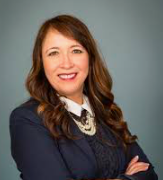 My AFP Fellowship project was intended to be an exploratory exercise for the purpose of gaining insight and with various stakeholders in the philanthropic sector about their knowledge, success and challenges in supporting the Truth and Reconciliation Calls to Action. The limitation in the project was the short timelines and small sample size. In spite of this, it has proven to provide me with helpful perspectives.
My AFP Fellowship project was intended to be an exploratory exercise for the purpose of gaining insight and with various stakeholders in the philanthropic sector about their knowledge, success and challenges in supporting the Truth and Reconciliation Calls to Action. The limitation in the project was the short timelines and small sample size. In spite of this, it has proven to provide me with helpful perspectives.
The Truth and Reconciliation Commission of Canada over a six year period heard testimony from over 6,000 Residential School Survivors from across Canada. In 2015, the Commission released their final reports and 94 calls to action. My interest in this area stems from my mother who as a young child was forcibly removed from her community of Shoal Lake #40 and placed in a residential school. She passed at the age of 49 and I know that she had never fully recovered from her experiences of residential school. Although my family has been directly impacted by the legacy of residential school, we are still strong and resilient. I see this strength and resiliency in Indigenous communities all across Canada.
In November 2018, I had the pleasure of spending some time with Senator Murray Sinclair, who reminded me that everyone can embrace the principles of reconciliation, these can be found in the What We Have Learned, TRC Report.
I had asked him, “what actions can the philanthropic sector take?”
Senator Murray Sinclair said “ the sector can support Indigenous culture and language”.
Key Findings
Embarking on this project was such a valuable opportunity to gain insight from members in the philanthropic sector and has truly inspired me to direct my efforts in the following themes:
1. Build Relationships based on respect, acknowledgement of Canada’s history has been identified as critical building blocks in moving forward together towards an equitable future.
2. Engagement has been identified as an important action but must be done in a way that recognises the importance and value of the Indigenous community as an equal partner.
3. Education about Truth and Reconciliation has been identified as a need to gain greater understanding and leadership.
4. Impact investing has been identified as an immediate way for the philanthropic sector to contribute to reconciliation and building capacity in the Indigenous community.
It is noteworthy to mention that the Philanthropic Community’s Declaration of Action has been mentioned by a few participants as an important commitment from the philanthropy sector.
Signed in June 2015, members of the philanthropic prepared the Declaration of Action to ensure that positive action on reconciliation will continue The declaration can be found on the Circle on Philanthropy and Aboriginal Peoples in Canada website.
I feel it’s important to mention an organization, who has been leader for the Indigenous community in the philanthropic sector, The Circle on Philanthropy and Aboriginal Peoples in Canada. The Circle provides programs, education, training, and resources. I encourage everyone to join the Circle.
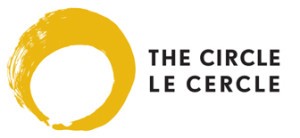 The goal of the Circle is to connect with and support the empowerment of First Nations, Inuit and Métis nations, communities, and individuals in building a stronger, healthier future.
The goal of the Circle is to connect with and support the empowerment of First Nations, Inuit and Métis nations, communities, and individuals in building a stronger, healthier future.
Do you feel the Philantripic sector has a role to play in Reconcilation?
Philanthropic Sector Role in Reconciliation
There is an overwhelming response from the quantitative data (using a five-point scale, where: 5 = very true and 1 = not true) that the philanthropic sector has a role to play in reconciliation.

Need to learn more about Truth and Reconciliation
Participants identified a need to learn more about the Truth and Reconciliation Calls to Action and Principles from the quantitative data (using a five-point scale, where: 5 = very true and 1 = not true).
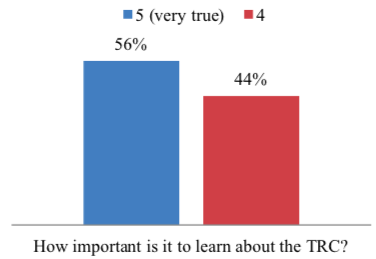
Medium to learn about TRC
Participants were asked the best medium to learn about the Truth and Reconciliation, their responses; reading stories off and online, through media, at courses and exercises, and by working directly with Indigenous people.
Satisfied with philanthropic sector actions on TRC
There was mixed responses when asked if they were satisfied with the action the philanthropic sector was currently taking for Truth and Reconciliation from the quantitative data (using a five-point scale, where: 5 = very true and 1 = not true).
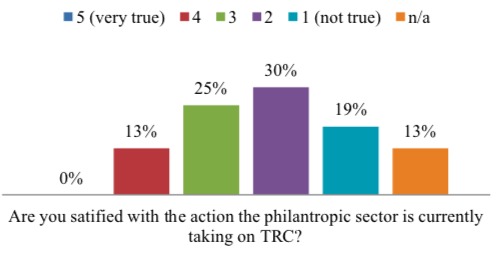
What successful reconciliation looks like
Participants were asked what successful reconciliation would look like to them. Common themes;
Learning and acknowledgment of the past
Building respectful relationships between Indigenous and non-Indigenous
Recognition of Indigenous people’s rightful place, self-determination and full participation
True partnerships
New ways to move forward
Redistribution of wealth
QUALITATIVE DATA SUMMARY
After review, the qualitative data has confirmed that while there is genuine willingness to support the Truth and Reconciliation there remains a gap in understanding and leadership to see any impactful change. My hope is that this project report creates an urgency and renewed effort for the philanthropic sector and members to take actions.
A number of qualitative questions were asked and common themes from participants involved in the philanthropic are represented below. I felt it was important to reflect responses in the shape of a medicine wheel to reflect a holistic approach.
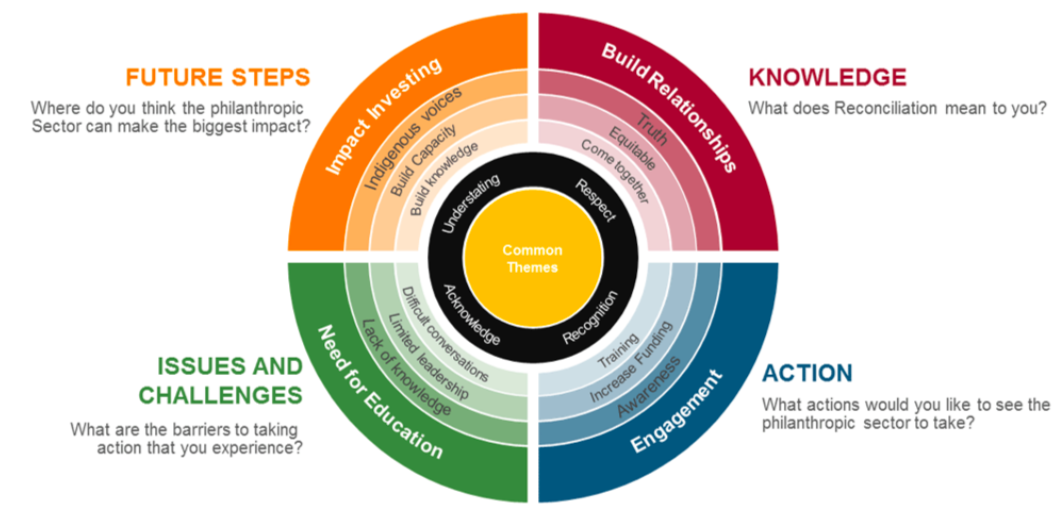
CONCLUDING THOUGHTS
In conclusion, this small sampling of data tells me there is a unique role for the philanthropic sector in contributing to the work of reconciliation. It will require the sector to do things differently by reaching out to invite the Indigenous community in shape the journey together.
Reconciliation is a long term process and there is a need to develop good working relationships and a concerted effort to maintain these relationships. Positive actions we take today will have a direct impact on future generations.
I have learned critical values from my Ojibway culture and relatives, including that our connection to the land and each other is a sacred responsibility. There is so much richness and wisdom in traditional customs and practices that can influence transformative approaches. With this in mind and the opportunities for the philanthropic sector to take action, it brings me optimism for the future.
Below are few helpful ways to take immediate action;
Be an ally with Indigenous people in addressing inequalities
Create spaces for voices to be heard
Hire Indigenous people
Procure service from Indigenous companies
Elect Indigenous people to boards and leadership roles
Invest in Indigenous led initiatives
Promote the work of Indigenous agencies
Make a donation to the National Truth and Reconciliation Centre
Sharon Redsky works with Dakota Ojibway Child and Family Services. She is a resident of Winnipeg and First Nation member of Shoal Lake #40, with mixed heritage Ojibway-German. As an AFP Inclusive Giving Fellow, her goal is to encourage the philanthropic sector to support Truth and Reconciliation calls. The 2018 AFP Canada Fellowship program provides education, professional development and mentorship to 20 midlevel and emerging non-profit professionals from across Canada.